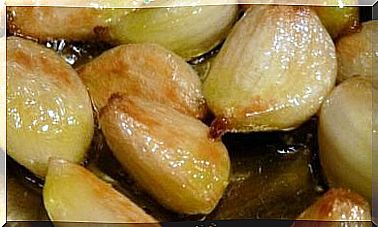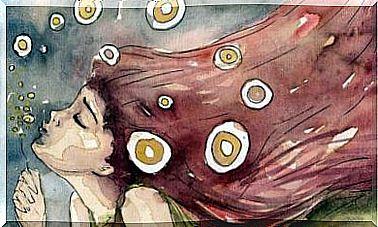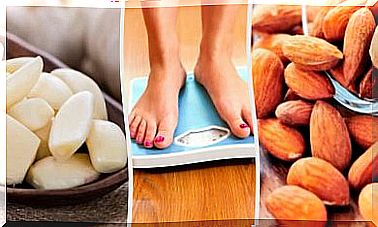The Difference Between Hypothyroidism And Hyperthyroidism

In this article you will be able to read about the difference between hypothyroidism and hyperthyroidism.
What is the Thyroid Gland?
The thyroid gland is a butterfly-shaped gland that sits on top of the larynx and which regulates the body’s metabolism and participates in the production of hormones, especially thyroxine and triiodothyronine.
The thyroid gland is controlled by the glands hypothalamus and pituitary gland.
Hyperthyroidism (high metabolism)
Hyperthyroidism is, as the prefix hyper refers to, overproduction in the gland, which also causes an over-secretion of hormones. It affects approx. 1% of the population, especially women between 30 and 40 years.
The most obvious signs are the appearance of a goiter (an increase in the size of the thyroid gland), and the most common symptoms are increased heart rate, weight loss, nervousness, tremors, insomnia and excessive sweating.
Causes of hyperthyroidism
- Graves’ disease
- Excessive food intake with iodine or direct exposure to iodine
- Inflammation of the thyroid gland due to viral infections, medication or after pregnancy
- Benign tumors of the thyroid gland or pituitary gland
- Tumors in testicles or ovaries
- Abuse of medication with thyroid hormone
Natural treatment
You should always follow the medical treatment prescribed for you, but certain foods can help you feel better:
- Cabbage
- Broccoli
- Radish
- Spinach
- Soy
- Prayers
- Peaches

Other Tips:
In addition to including these foods in your diet, you should also avoid foods that are rich in iodine, which are the same as those we mention are beneficial for hypothyroidism: eggs, parsley, seafood, almonds, apricots, etc.
On the other hand, green tea, herbal tea, heart tea, lemon balm and blackberry are very useful.
You should also exercise frequently to regulate your metabolism and avoid stimuli as much as you can, as these will make you feel worse:
- Alcohol
- Coffee
- Soda

Hypothyroidism (low metabolism)
On the other hand, hypothyroidism is experienced by 3% of the population, especially women over the age of 50 or after childbirth. This is a reduction in the level of thyroid hormones in blood plasma and causes symptoms such as fatigue, fatigue, muscle weakness, cold sensations, unexplained weight loss or increase, depression and other emotional imbalances.
There are other more subtle symptoms that can help you detect this disease that are not easy to detect: pale or yellowish skin, fluid retention, hair loss, lack of eyebrows on the outer edges and very dry skin.
Causes of hyperthyroidism
- Different types of thyroiditis
- After birth (and also in general after experiencing high metabolism)
- Fetal injuries
- Radiation treatment on the neck
- Anti-thyroid medication
- Lithium treatments
- Chronic iodine deficiency
Natural treatment
In addition to the appropriate treatment, we recommend eating the following foods to raise your iodine level:
- Parsley
- Egg
- Apricot
- Blue fish
- Bananas
- Almonds
- Watercress
- Cucumbers
- Peas
- Apples
- Figs
- Salt with added iodine salt or sea salt
- Seafood and algae rich in iodine, like seaweed or fucus
- Fish
- Seafood
- Quince jelly

Other tips:
If you do not like algae, which we recommend because they are organic and do not contain toxic substances, you can take them in pill form instead. They give you not only give you iodine but also many other minerals and essential amino acids that are very beneficial for the body.
Another option is to make an algae salt. Paint sea salt and algae of your choice, mix it together and keep it tightly closed. The salt will act as a preservative. You can use it in the same way as ordinary salt when preparing soups, stews, etc.
You should avoid the following foods because they block the absorption of iodine: Cabbage, Brussels sprouts, cauliflower, broccoli, spinach, soy, beans and lime, as well as processed and refined foods and tap water.
You can also make mint and ginger and cook with small amounts of cayenne pepper.









